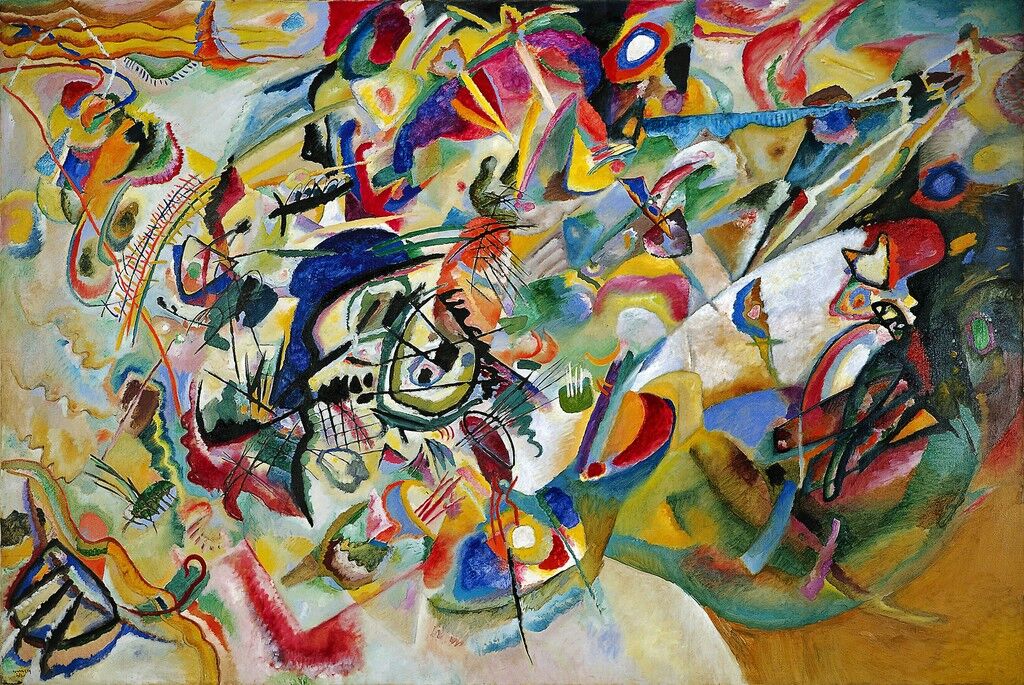Wassily Kandinsky
.jpg)

.jpg)
Painter, printmaker, watercolorist, pioneering theorist of abstraction. Abandoning an academic law career in Russia, moved to Munich in 1896 at age of thirty to study art. Founded several progressive art groups in Munich, most notably the Blaue Reiter, in 1911, with Franz Marc. Developed artistic philosophy based on the psychology of colors and shapes. Rejected objective representation and materialism in his art and theoretical writings, favoring spiritual approach of "inner necessity," which culminated in his breakthrough to abstraction, around 1913
.Marc gave an emotional meaning or purpose to the colors he used in his work: blue was used to portray masculinity and spirituality, yellow represented feminine joy, and red encased the sound of violence. After the National Socialists took power, they suppressed modern art; in 1936 and 1937, the Nazis condemned the late Marc as an entarteter Künstler (degenerate artist) and ordered approximately 130 of his works removed from exhibition in German museums.
Der Blaue Reiter (The Blue Rider) was a group of artists united in rejection of the Neue Künstlervereinigung München in Munich, Germany. The group was founded by a number of Russian emigrants, including Wassily Kandinsky, Alexej von Jawlensky, Marianne von Werefkin, and native German artists, such as Franz Marc, Paul Klee, August Macke and Gabriele Münter. They considered that the principles of the Neue Künstlervereinigung München, a group Kandinsky had founded in 1909, had become too strict and traditional.
Der Blaue Reiter was an art movement lasting from 1911 to 1914, fundamental to Expressionism, along with Die Brücke which was founded in 1905.


“A painter, who finds no satisfaction in mere representation, however artistic, in his longing to express his inner life, cannot but envy the ease with which music, the most non-material of the arts today, achieves this end. He naturally seeks to apply the methods of music to his art.”
These are words from the renowned painter Wassily Kandinsky that describe the influence of music on his work throughout his life – music appears everywhere in his paintings. Kandinsky believed that music could be brought to the canvas in the way it can be brought to paper in the form of notes and ultimately to melodious sound that captures almost any living being.
Kandinsky continues to perfect his theory: Abstract art creates a new inner world that, when viewed from the outside, has nothing to do with reality. It follows the general laws of the cosmic world. Kandinsky did not doubt his ‘inner world’ throughout his life from the very early ages until his death.
The sophistication and amalgamation of music and painted or written art became ever more prevalent as human artistry and creativity developed over time. If you take a moment to study this phenomenon, you will encounter famous names like Johann Wolfgang Goethe who once declared that architecture was “frozen music” or as Paul Klee famously once said, “One day I must be able to improvise freely on the keyboard of colors: the row of watercolors in my paintbox”.
Comments
Post a Comment